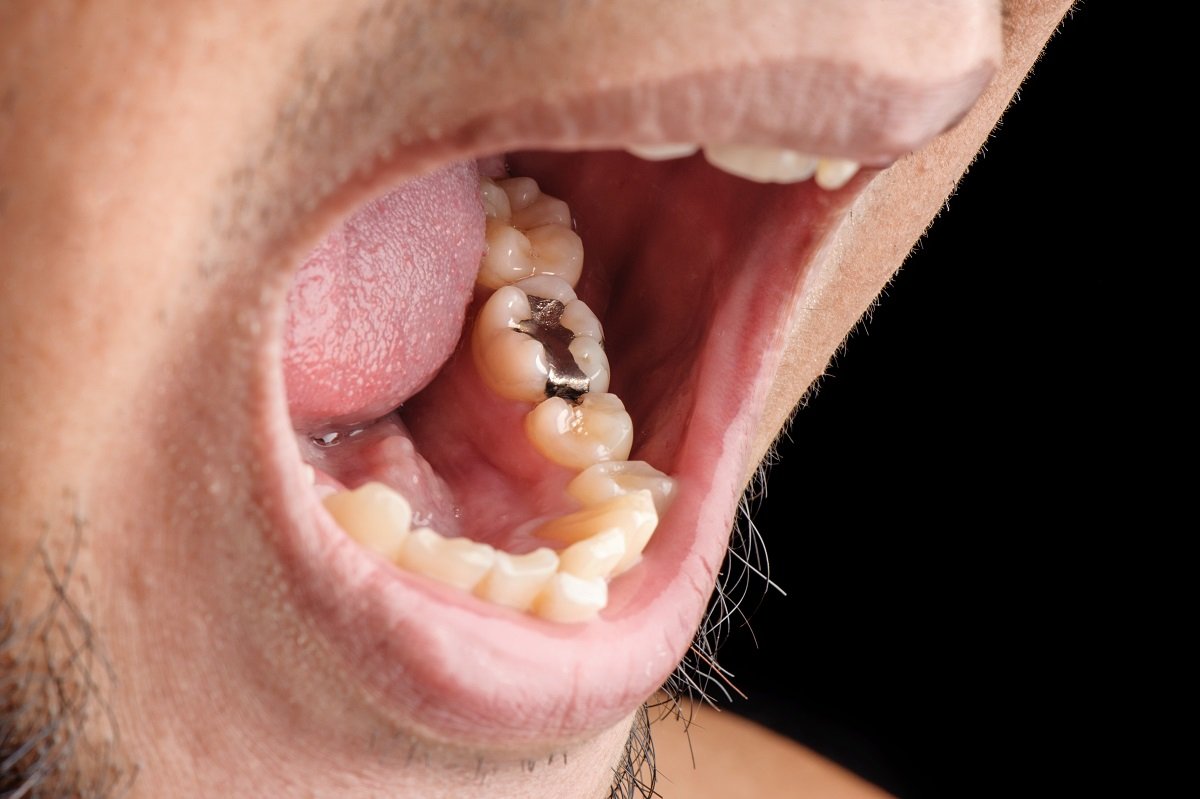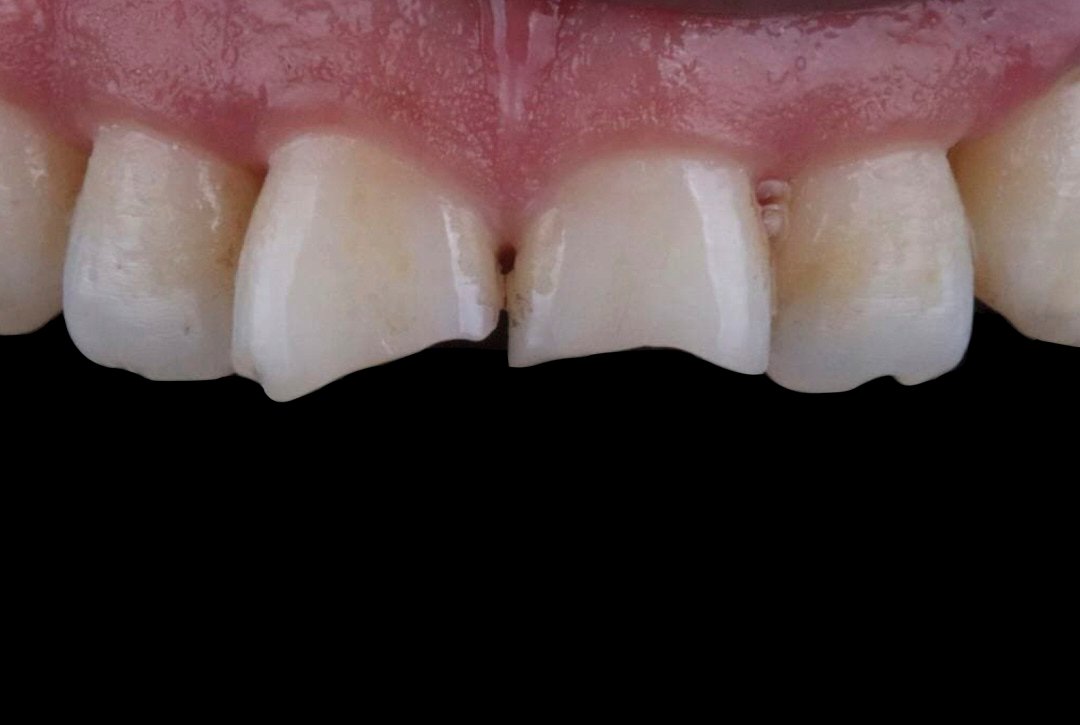Direct Restorations
Direct restorations involve the direct application of a restorative material into the tooth to repair minor to moderate defects. These procedures are typically completed in a single visit. Common materials used include dental amalgam, composite resins, glass ionomer, and resin ionomer. The choice of material depends on the location of the tooth, the extent of the decay, and aesthetic considerations.
- Composite Fillings: Made from a mixture of plastic and fine glass particles, composite fillings are popular for repairing the front teeth or the visible parts of teeth due to their natural tooth color.
- Dental Amalgam: Known for its durability, amalgam is a mixture of metals including silver, mercury, tin, and copper, commonly used for filling cavities in the back teeth.
Indirect Restorations
Indirect restorations involve custom-made dental appliances fabricated outside of the mouth in a dental laboratory. These restorations typically require two or more visits and are used for more extensive repairs.
- Crowns: A dental crown is a tooth-shaped “cap” that is placed over a tooth to restore its shape, size, strength, and appearance. Crowns can be made from various materials including porcelain, ceramic, metal alloys, or a combination of materials.
- Inlays and Onlays: Used when the tooth damage is too extensive for a filling but not severe enough for a crown. Inlays and onlays are made from porcelain, gold, or composite resin and are bonded to the damaged area of the tooth. An inlay fits within the cusps of the tooth, while an onlay covers one or more cusps or the entire biting surface.
- Bridges: A dental bridge is used to replace one or more missing teeth by anchoring to the adjacent teeth or dental implants.
- Veneers: Thin shells of porcelain or composite material that are bonded to the front surfaces of teeth to improve their appearance. Veneers can change the color, shape, size, or length of the teeth.
- Dental Implants: A surgical component that interfaces with the bone of the jaw or skull to support a dental prosthesis such as a crown, bridge, denture, or facial prosthesis.





